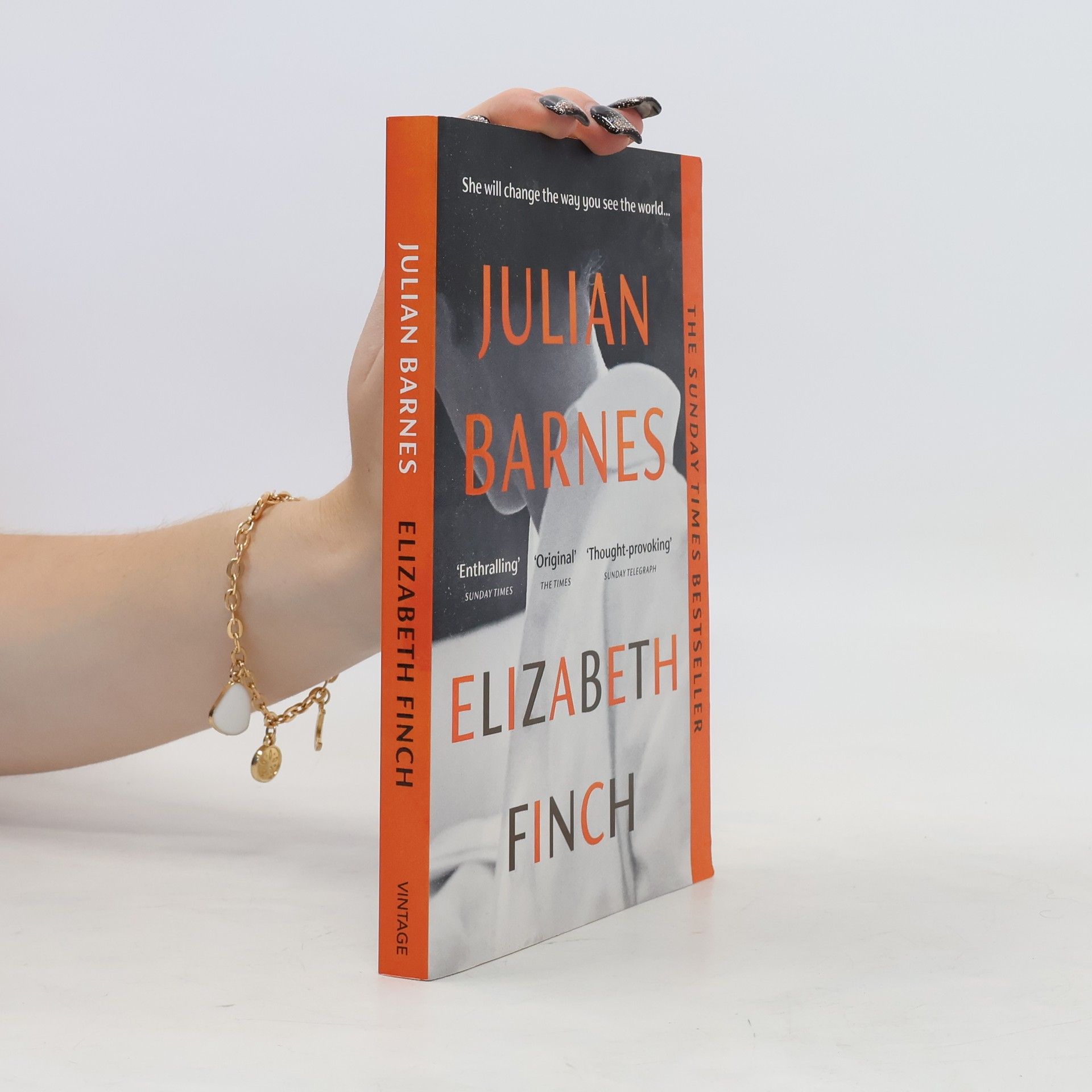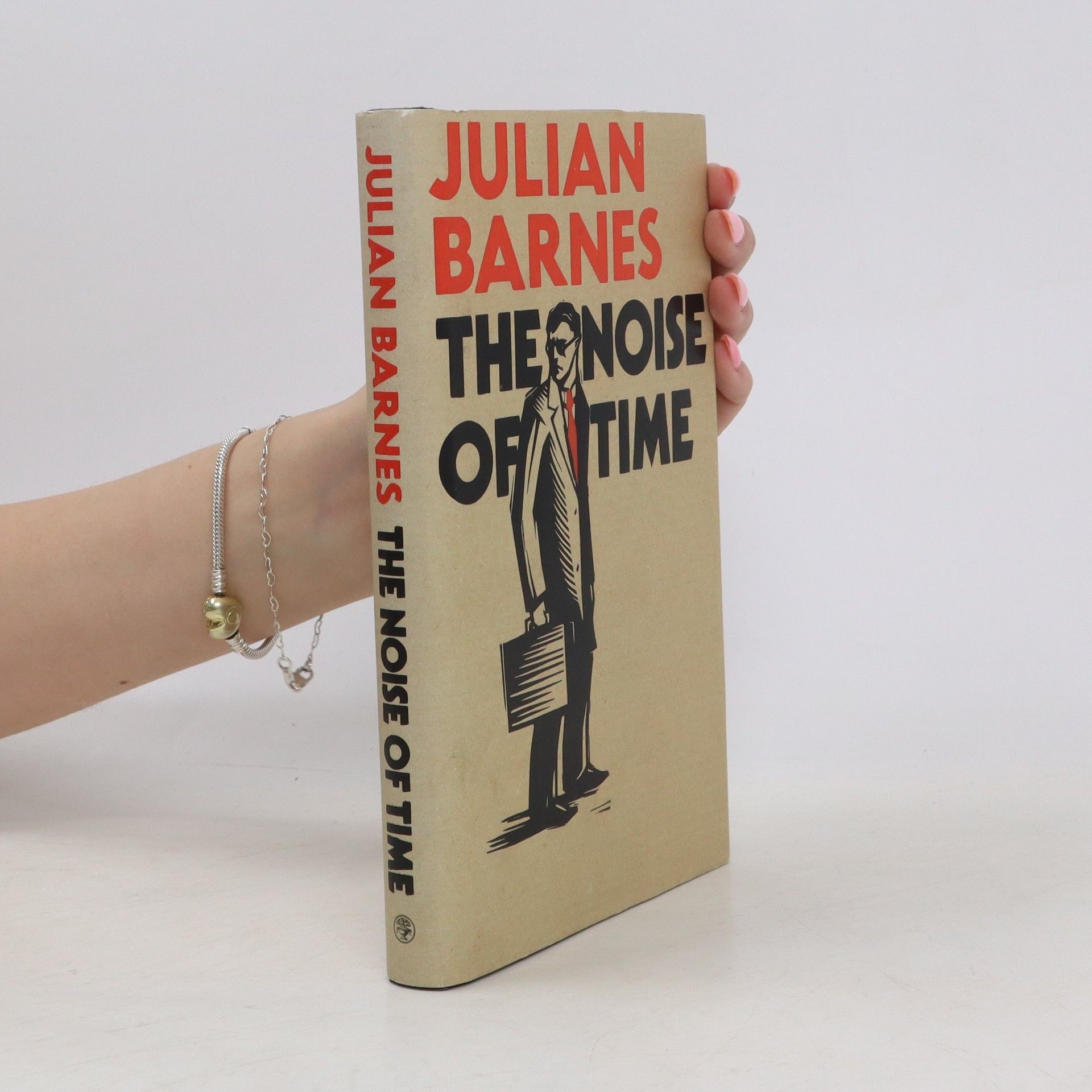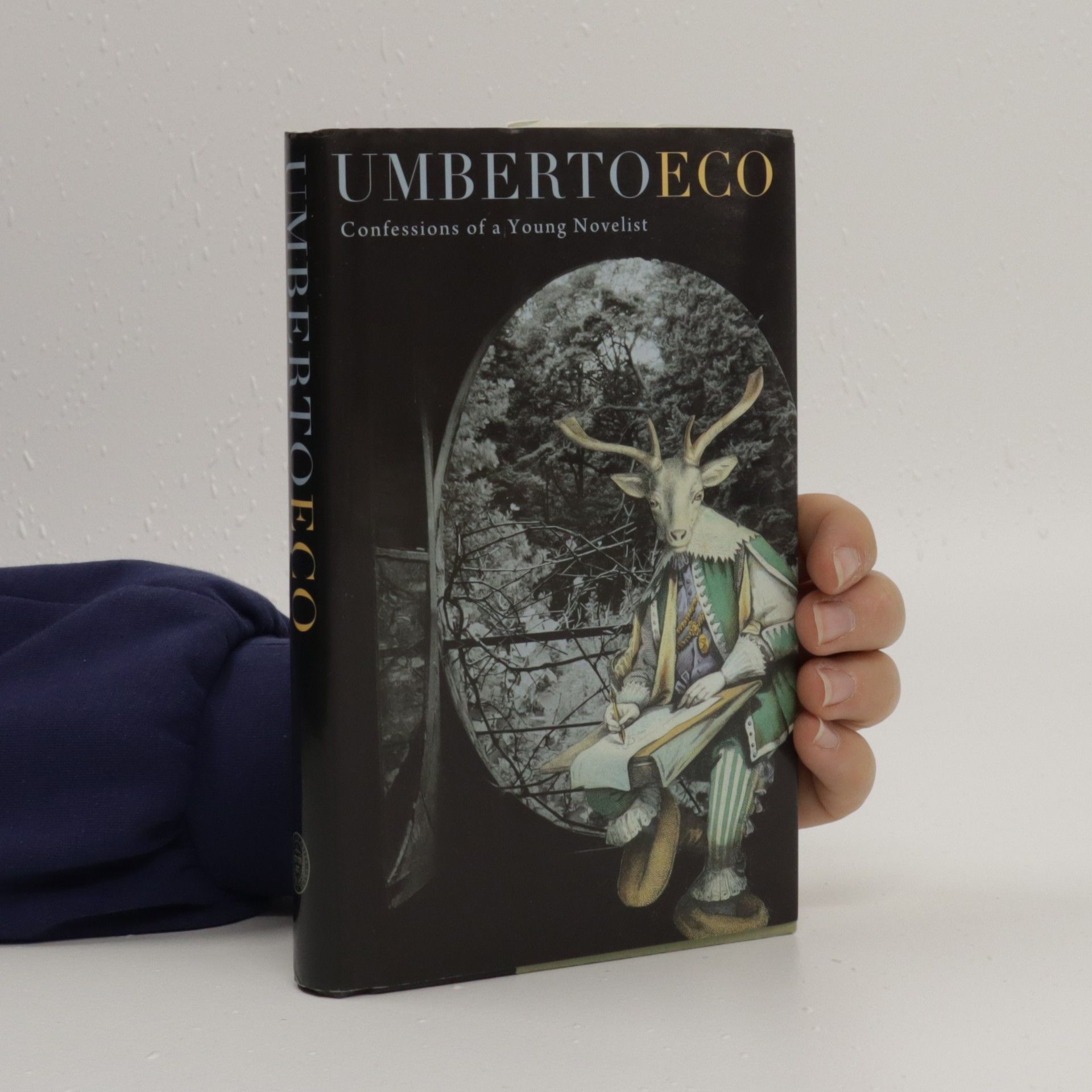The Sunday Times Bestseller from the Winner of the Booker Prize She will change the way you see the world . . . 'I'll remember Elizabeth Finch when most other characters I've met this year have faded' The Times Elizabeth Finch was a teacher, a thinker, an inspiration. Neil is just one of many who fell under her spell during his time in her class. Tasked with unpacking her notebooks after her death, Neil encounters once again Elizabeth's astonishing ideas on the past and on how to make sense of the present. But Elizabeth was much more than a scholar. Her secrets are waiting to be revealed . . . and will change Neil's view of the world forever. 'Enthralling . . . A connoisseur and master of irony himself, [Barnes] fills this book with instances of its exhilarating power' Sunday Times 'A lyrical, thoughtful and intriguing exploration of love, grief and the collective myths of history' Booklist
Petr Fantys Ordre des livres
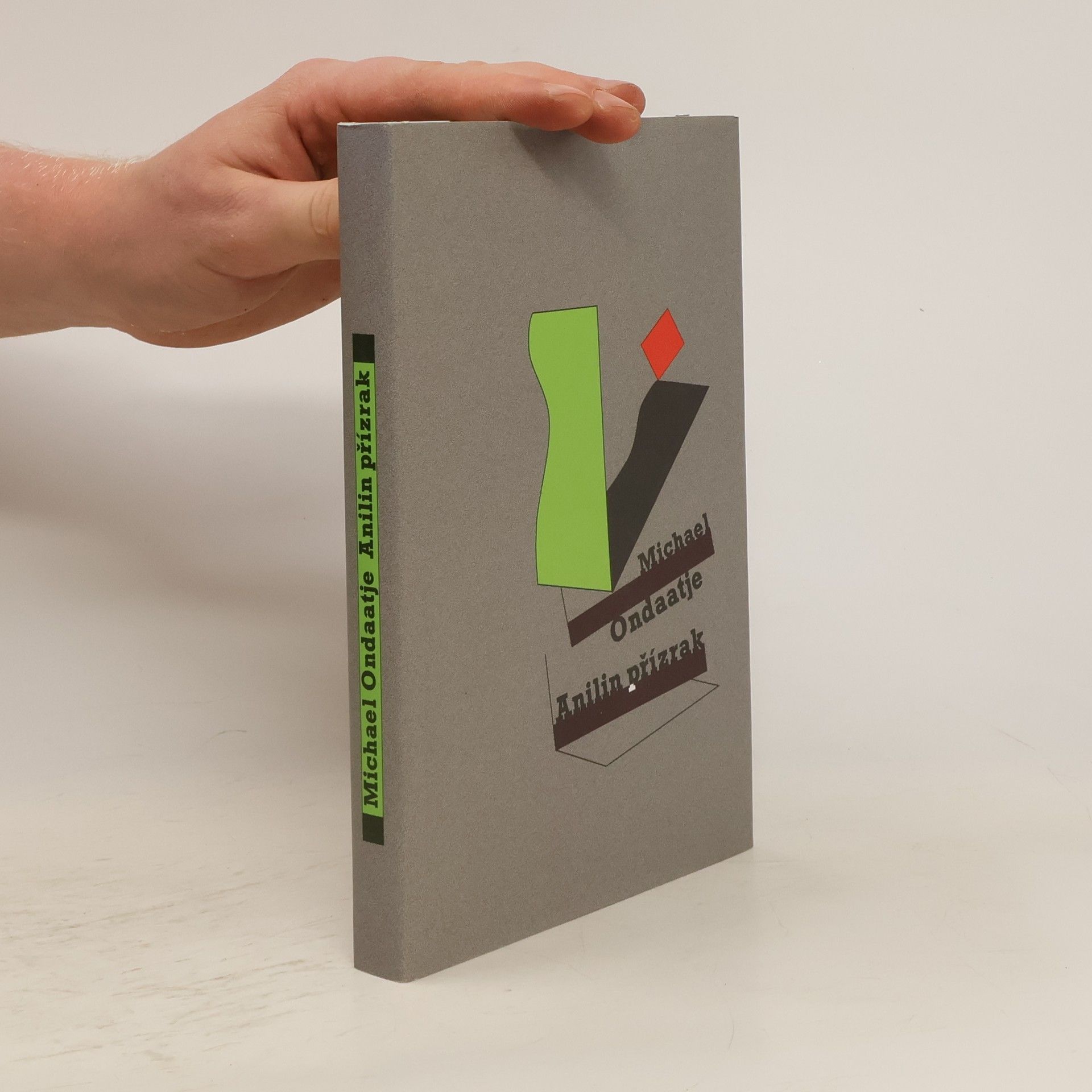




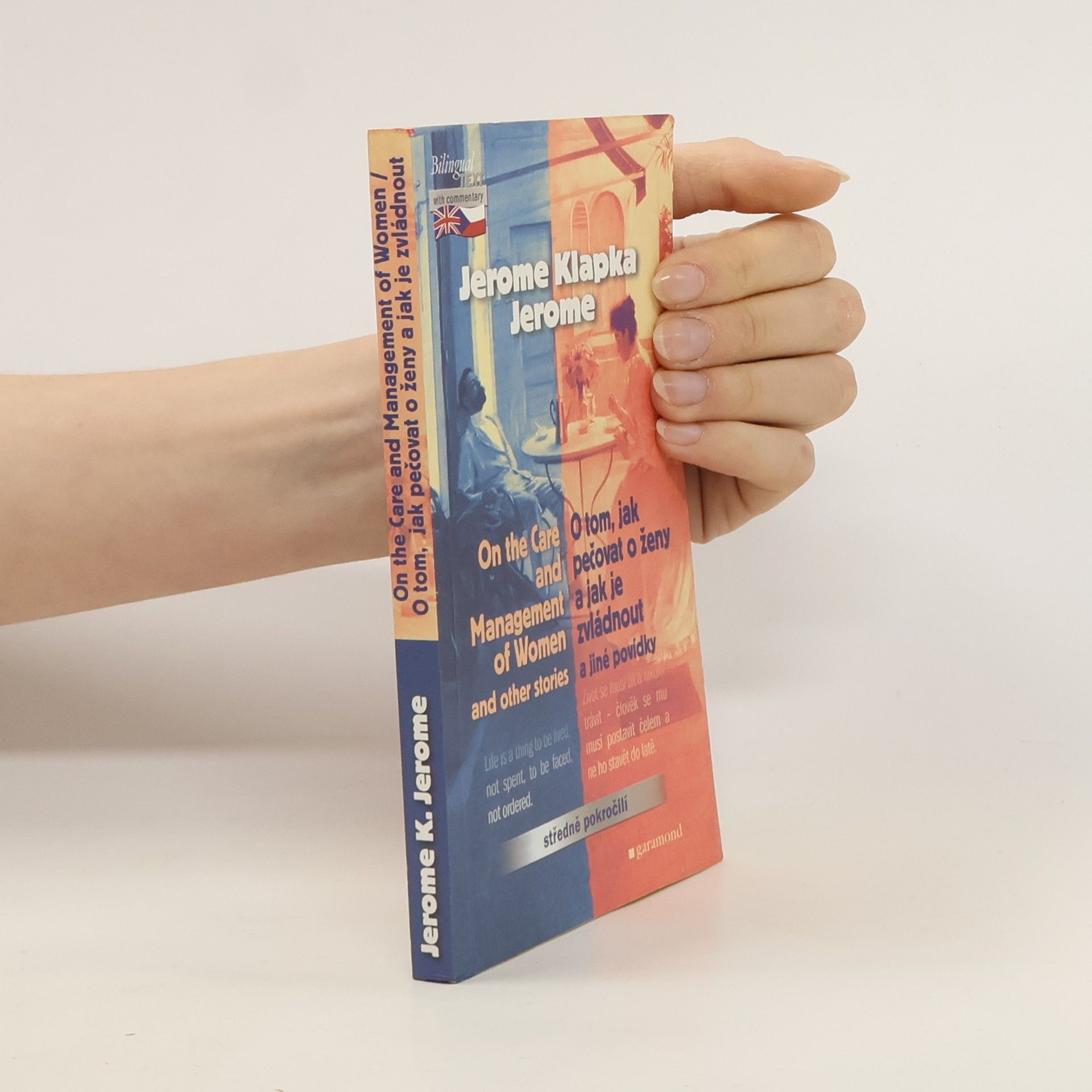
- 2023
- 2019
"Préféreriez-vous aimer davantage, et souffrir davantage ; ou aimer moins, et moins souffrir ? C'est, je pense, finalement, la seule vraie question." Angleterre, années 1960. Paul a dix-neuf ans lorsqu'il rencontre Susan, une femme mariée de trente ans son aînée. Sur le court de tennis où ils disputent des parties en double, une passion se noue, totale, absolue. Ils la vivent fièrement, conscients de défier les conventions sociales. Mais les années passent, sans bruit, tandis que l'amour et la jeunesse de Paul se heurtent aux démons de Susan...
- 2017
'BARNES'S MASTERPIECE.' - OBSERVER In May 1937 a man in his early thirties waits by the lift of a Leningrad apartment block. He waits all through the night, expecting to be taken away to the Big House. Any celebrity he has known in the previous decade is no use to him now. And few who are taken to the Big House ever return. So begins Julian Barnesâe(tm)s first novel since his Booker-winning The Sense of an Ending. A story about the collision of Art and Power, about human compromise, human cowardice and human courage, it is the work of a true master.
- 2016
Het noodlotskind
- 342pages
- 12 heures de lecture
Levensbeschrijving van de Iraanse Roxanne, in 1938 geboren in het joodse getto in Teheran. Tegen de achtergrond van de politieke gebeurtenissen in Iran wordt het leven geschetst van haar bazige grootmoeder en haar moeder die haar dochtertje bij een kennis in huis doet, omdat er een doem op haar zou rusten.
- 2015
Levels of Life
- 128pages
- 5 heures de lecture
Julian Barnes's new book is about ballooning, photography, love and grief; about putting two things, and two people, together, and about tearing them apart. "You put together two things that have not been put together before. And the world is changed..." One of the judges who awarded him the 2011 Man Booker Prize described him as "an unparalleled magus of the heart." This book confirms that opinion.
- 2014
Vtipná zamyšlení autora povídek o mužích ve člunu a na toulkách tentokrát míří do vlastních řad. Jerome Klapka Jerome v nich podrobuje trefné kritice to, čeho si Angličané tolik váží – střídmý pohled na věc a racionální úsudek. Čtenář se dozví, jak Angličan zvládá různé životní situace, jaký je prospěch otroctví, jak pečovat o ženy a jak je zvládat. Dvojjazyčný text s gramatickým a lexikálním komentářem pod čarou. Pro středně pokročilé. Komentář Jana Nováková. Obsah: O tom, jak pečovat o ženy a jak je zvládnout O umění rozhodnout se O tom, že dělat věci s rozmyslem je ztráta času O naší ušlechtilosti
- 2013
Umberto Eco published his first novel, The Name of the Rose, in 1980, when he was nearly fifty. In these “confessions,” the author, now in his late seventies, looks back on his long career as a theorist and his more recent work as a novelist, and explores their fruitful conjunction. He begins by exploring the boundary between fiction and nonfiction—playfully, seriously, brilliantly roaming across this frontier. Good nonfiction, he believes, is crafted like a whodunnit, and a skilled novelist builds precisely detailed worlds through observation and research. Taking us on a tour of his own creative method, Eco recalls how he designed his fictional realms. He began with specific images, made choices of period, location, and voice, composed stories that would appeal to both sophisticated and popular readers. The blending of the real and the fictive extends to the inhabitants of such invented worlds. Why are we moved to tears by a character’s plight? In what sense do Anna Karenina, Gregor Samsa, and Leopold Bloom “exist”? At once a medievalist, philosopher, and scholar of modern literature, Eco astonishes above all when he considers the pleasures of enumeration. He shows that the humble list, the potentially endless series, enables us to glimpse the infinite and approach the ineffable. This “young novelist” is a master who has wise things to impart about the art of fiction and the power of words.
- 2011
Watching the evening news offers constant evidence of atrocity--a daily commonplace in our "society of spectacle." But are viewers inured--or incited--to violence by the daily depiction of cruelty and horror? Is the viewer's perception of reality eroded by the universal availability of imagery intended to shock? In this investigation of the role of imagery in our culture, Susan Sontag cuts through circular arguments about how pictures can inspire dissent or foster violence as she takes a fresh look at the representation of atrocity--from Goya's The Disasters of War to photographs of the American Civil War, lynchings of blacks in the South, and Dachau and Auschwitz to contemporary horrific images of Bosnia, Sierra Leone, Rwanda, and New York City on September 11, 2001. Sontag's new book, a startling reappraisal of the intersection of "information", "news," "art," and politics in the contemporary depiction of war and disaster, will forever alter our thinking about the uses and meanings of images in our world
- 2007
Two years after The Collector had brought him international recognition and a year before he published The Magus, John Fowles set out his ideas on life in The Aristos. The chief inspiration behind them was the fifth century BC philosopher Heraclitus. In the world he saw in constant and chaotic flux the supreme good was Aristos. unfree world. He called a materialistic and over-conforming culture to reckoning with his views on a myriad of subjects - pleasure and pain, beauty and ugliness, Christianity, humanism, existentialism and socialism.
- 2004
Herbert Lionel Adolphus Hart (1907–1992), někdejší profesor právní teorie Oxfordské univerzity, patří mezi nejvýznamnější postavy právní filozofie 20. století a jeho kniha Pojem práva radikálním způsobem změnila tradiční pohledy na právo a jeho vztah k morálce i politice, na pojem přirozeného práva a spravedlnosti i na právní metodologii.
